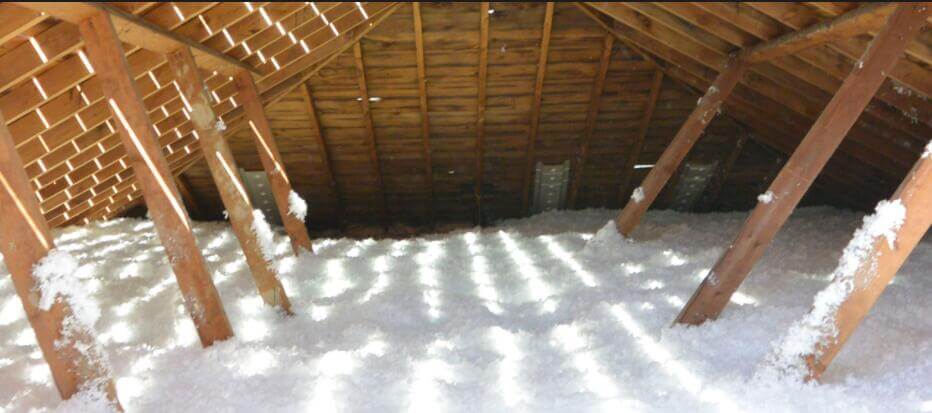When it comes to attic insulation, it plays a major role in ensuring that the heat transfer is successful and that your heating and cooling bills are affordable. Proper attic insulation needs to be planned for and budgeted as it can be quite expensive and if poorly done can be a major cause of catastrophic accidents. The assessment of the attic insulation can be done by a professional architect or a company that deals with attic insulation. This should be done by a professional because different buildings and places differ in terms of the type of attic insulation. Here are some of the things you should know about insulating your attic:

- The R-Value. The R-Value refers to the resistance of the material used to the thermostat being used. The higher the resistance or the R-Value, the better the material is for insulation. Different area have different jurisdiction of the required R-Value therefore it is a must that you are conversant with the R-Value of your state. This will help you know and choose the right type of insulation material and will ensure that you are fully protected during the cold winter season and during the hot summers.
- The type of insulation material. There are different kinds of insulation materials which include; fiberglass batt, rigid foam board, spray foam, blown in cellulose, reflexive foil and so on and so forth. The different types of insulation have different R-Values per inch and with the recommended R-Value for your state, you will be able to make the most convenient choice that will ensure that you save on space and maximize on cooling or heating with minimal cost.
- The amount of space in the attic. Since insulation material will depend on the R-Value that is dictated by the material’s inch and size, you should also the space available in the attic and also the thickness that will ensure maximum heat transfer. The space available between the walls, the floor and the roof should also be considered as they play a major role in determining the heat flow in the house. The different types of heat flows include radiation, convection and conduction.
- Attic safety precautions. When installing any attic insulation, you need to know the safety precautions that govern attic insulation. This is because there are so many dangers such as the glass and metal particles in fiberglass batt that could be harmful if they found a way into the eye. The different foams used can be lung damaging if inhaled directly and also direct contact with the materials can cause itchy skin. You should wear protective clothing during insulation and know all the safety precautions.
- Don’t overdo insulation. One of the common mistake people make is that with excess insulation, they will have a better heat transfer or cooling effect. This is a misconception because the contrary is true. With low insulation, there will be good flow of heat in the house but with excess attic insulation, heat transfer and flow is hindered.
It is important to learn more about attic insulation before starting on the task. Ensure that you are fully equipped with the right knowledge before embarking on any long term decision.
